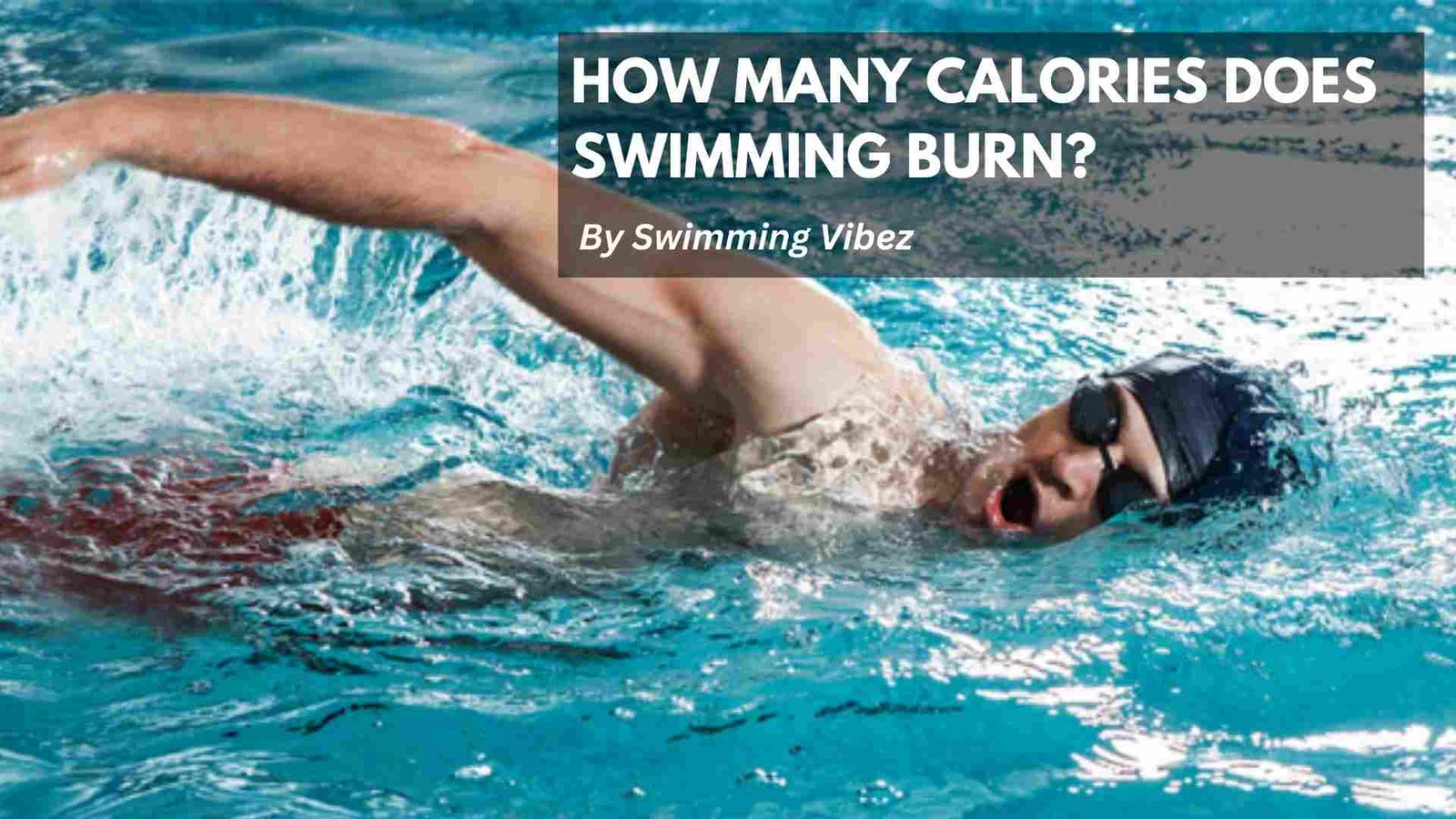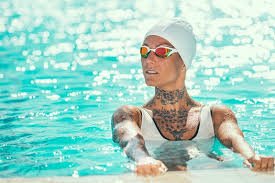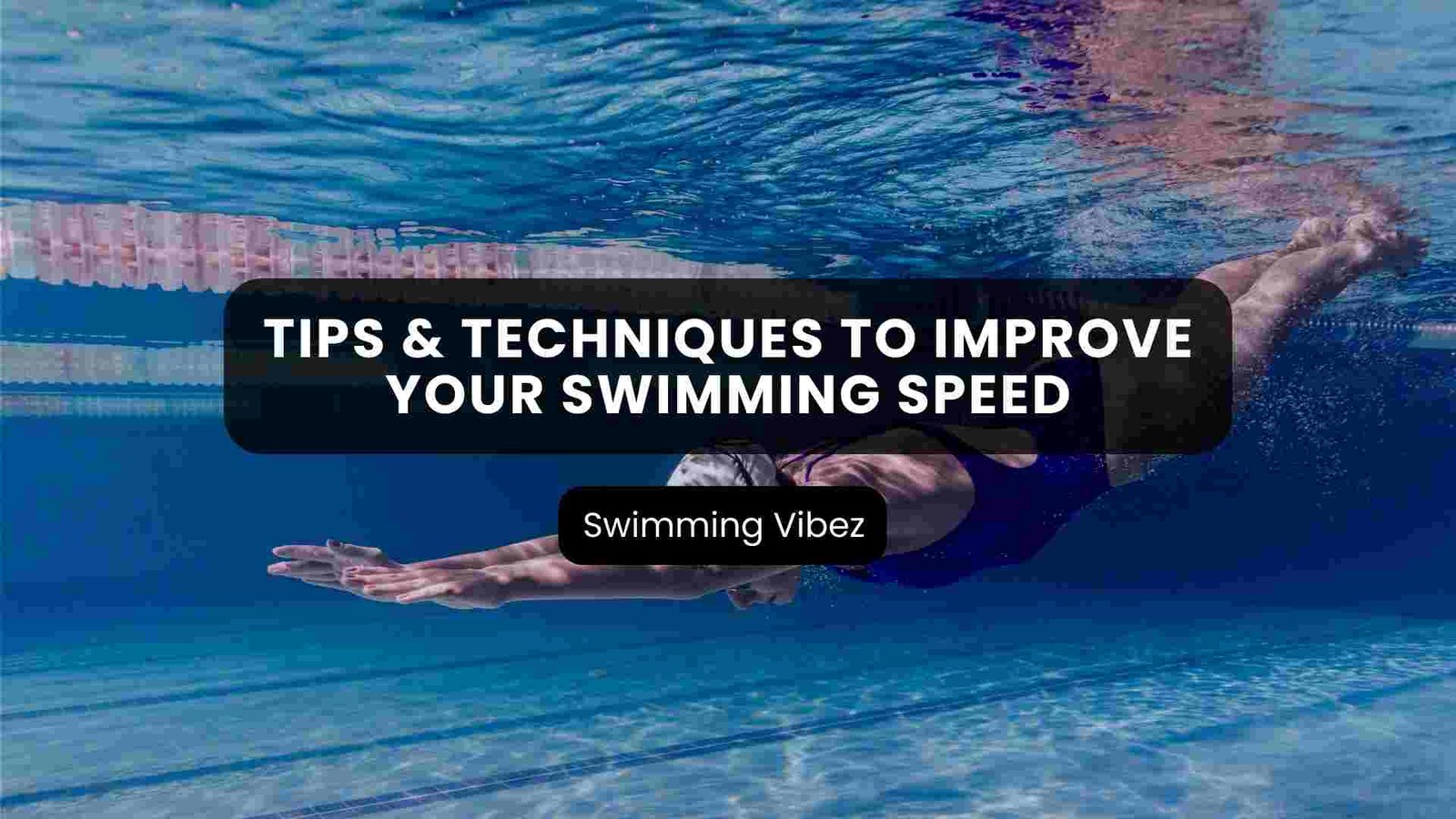Swimming is a fantastic full-body workout that strengthens your muscles, boosts your cardiovascular health, and burns a significant number of calories. The number of calories burned while swimming can vary widely based on several factors, including the intensity of the swimming, the duration, the swim stroke style, and the weight of the swimmer.
“Swimming is not just about burning calories; it’s a holistic exercise that improves cardiovascular health, muscle strength, and flexibility. The key is to enjoy the process and gradually challenge yourself.”
Natalie Coughlin, Olympic Medalist Swimmer
On average, a person can burn anywhere from 200 to 600 calories per hour during a moderate to vigorous swim session. For example:
- A person weighing around 155 pounds (70 kg) might burn approximately 233 calories during 30 minutes of recreational swimming.
- Competitive swimming or more intense strokes like butterfly or freestyle can result in higher calorie burns.
It’s essential to note that these are estimates, and actual calorie expenditure may vary. Tracking devices or fitness apps that monitor heart rate and activity level can provide a more accurate estimate of calories burned during swimming.
Let’s dive into how each of these variables affects calorie burn and explore some effective swimming techniques for maximizing your workout.
1. Intensity of Swimming
The intensity with which you swim plays a crucial role in determining the number of calories you burn. Higher-intensity swimming results in a greater calorie burn. For instance, racing or doing fast intervals burns more calories than leisurely laps because your body has to work harder to keep up the pace, increasing your heart rate and metabolic rate.
“Swimming at a high intensity will push your body to burn more calories in less time, making it an efficient workout for those pressed for time.”
Michael Phelps, Olympic Gold Medalist Swimmer
2. Duration
The length of time you spend swimming also impacts calorie expenditure. The longer you swim, the more calories you’ll burn. Consistent, prolonged swimming sessions can significantly contribute to weight loss and improved stamina.
3. Swim Stroke Style
Different swimming strokes require different levels of effort, which means they burn calories at different rates. For example:
- Butterfly Stroke: Known to be one of the most challenging strokes, it can burn a significant amount of calories due to the intense full-body motion required.
- Freestyle Stroke: Often considered the fastest stroke, freestyle is less intense than a butterfly but still provides a solid calorie burn.
- Breaststroke and backstroke: These are generally less intense than butterfly and freestyle but still offer a good workout, especially for beginners or those looking for a lower-impact option.
“Each swimming stroke has its unique benefits. For instance, the butterfly stroke engages the core significantly, offering a higher calorie burn compared to other strokes.”
Caeleb Dressel, Professional Swimmer
4. Weight of the Swimmer
Individuals with higher body weights typically burn more calories during activities like swimming due to the increased energy required to move their bodies through the water. This arises from the greater gravitational force acting on heavier individuals, necessitating more muscular effort and resulting in a heightened calorie burn. Essentially, heavier bodies encounter more resistance in water, leading to increased energy expenditure for the same activity compared to lighter individuals. This highlights the significant impact of body mass on calorie expenditure during aquatic exercises.
“Heavier individuals burn more calories due to the increased effort required to move through water. However, swimming is a great low-impact exercise for individuals of all sizes looking to lose weight or stay fit.”
Dr. Jane Katz, Professor of Physical Education & Swimming Expert
Effective Swimming Techniques and Workouts
To build endurance and burn more calories, consider incorporating the following into your swimming routine:
- Interval Training: Alternate between fast-paced swimming and slower, recovery periods. This helps improve cardiovascular fitness and increases calorie burn.
- Mixing Strokes: Using different strokes within a single session can help engage various muscle groups and prevent workout monotony.
- Distance Challenges: Gradually increasing your swim distance can help build stamina and endurance, leading to higher calorie burns over time.
Calculating Calories Burned
Calculating calories burned during physical activity involves several factors, including the type of activity, duration, intensity, and individual characteristics such as weight, age, and gender. One common method is to use the metabolic equivalent of task (MET) values, which represent the energy expenditure of an activity relative to sitting quietly.
To estimate calories burned:
- Determine MET value: Find the MET value for the activity. This value indicates the energy expenditure per unit of body weight per hour for a specific activity.
- Calculate total MET hours: Multiply the MET value by the duration of the activity in hours. This gives you the total MET hours.
- Convert to calories: Multiply the total MET hours by the individual’s weight in kilograms. This gives you the total calories burned during the activity.
Alternatively, you can use online calculators, fitness trackers, or apps that take into account these variables to provide an estimate of calories burned during different activities. Remember that these estimates are approximations and may vary depending on individual factors and the accuracy of the data used.
Resources
For those interested in further exploring the calorie-burning potential of swimming and different techniques, the following resources may be useful:







